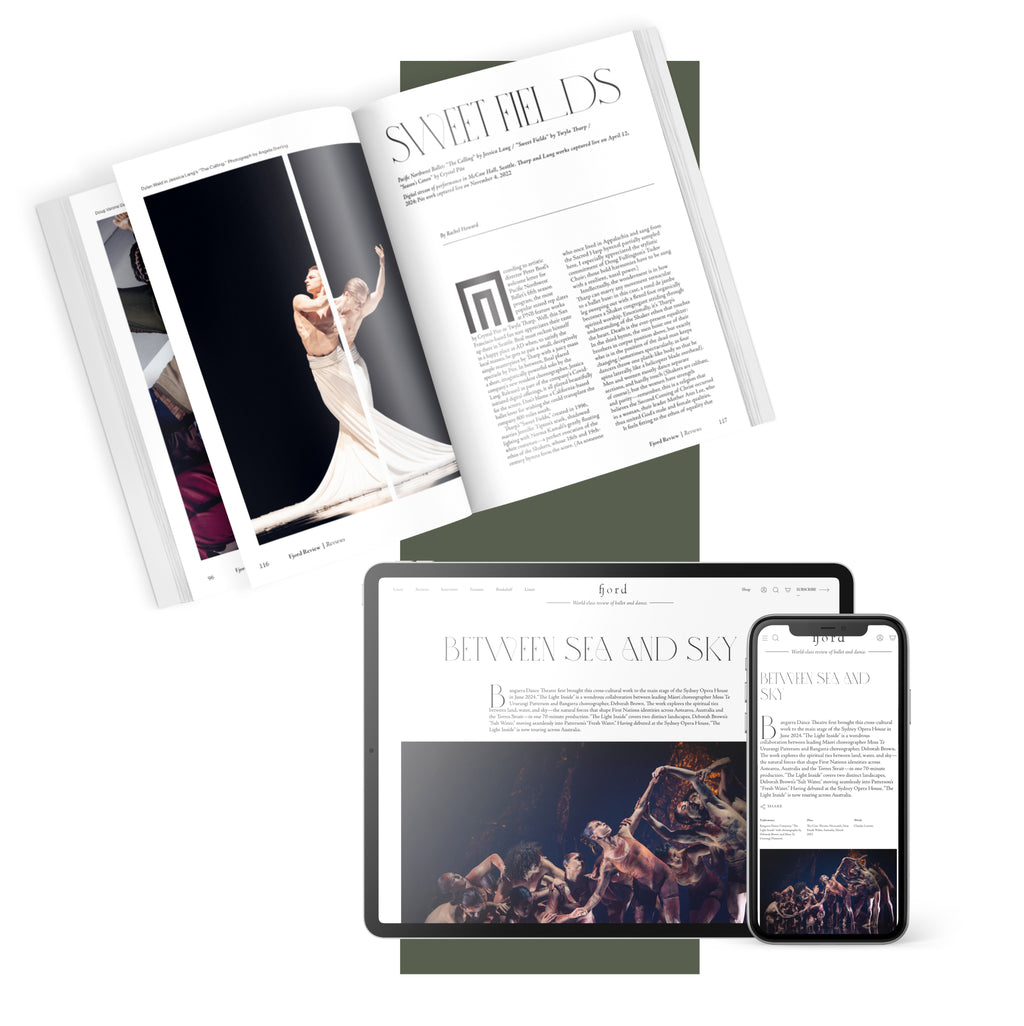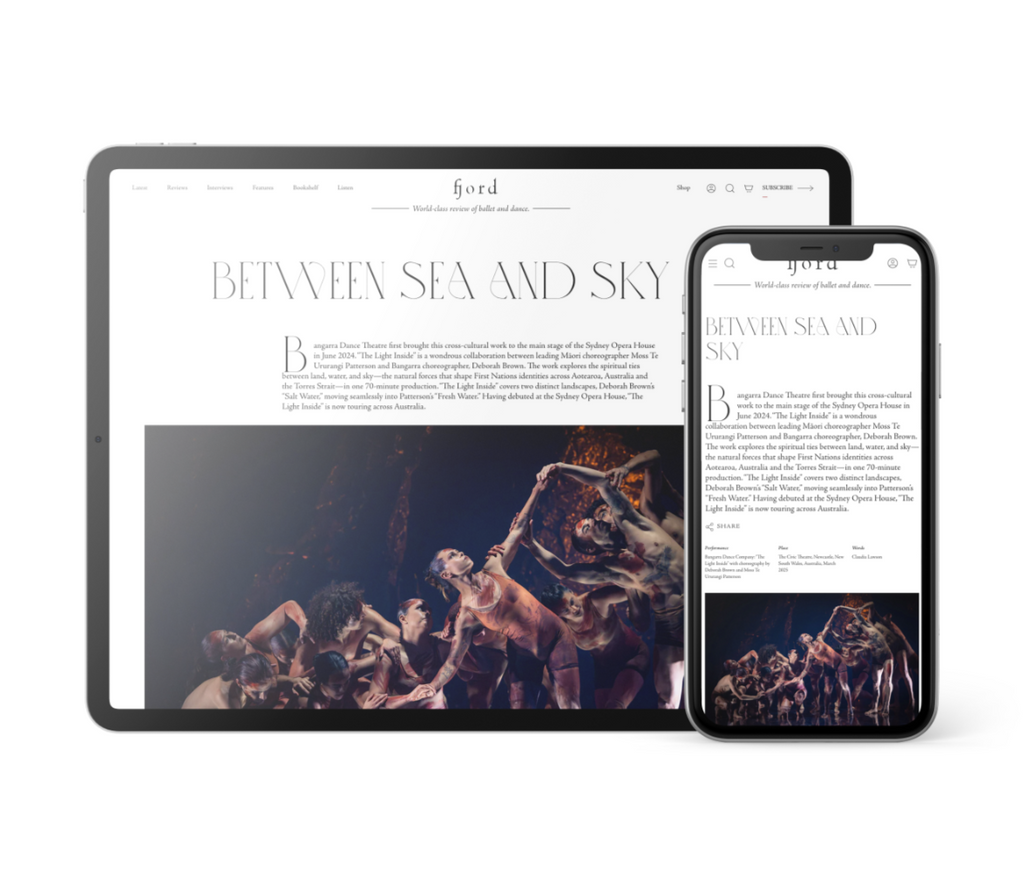No surprise, then, that there has been an endless number of versions of the ballet since the premiere of the first production to employ Prokofiev’s music, choreographed by Leonid Lavrovsky for the Kirov Ballet, starring Galina Ulanova, in 1940. The Lavrovsky was later transferred to Moscow’s Bolshoi, which brought it to London, along with Ulanova, in 1956. That London premiere had a profound effect on ballet outside of Russia, as it did on the many versions of “Romeo and Juliet” that would eventually follow. Time after time, one sees heart-in-the-throat partnering, an equal amount of running, big lifts, dramatic acting, the fluttering of capes, sword fights, silent screams.
Frederick Ashton’s version, which the Sarasota Ballet has brought back to the stage this week, is a predecessor to all that. Made in 1955 for the Royal Danish Ballet, it was the first to use Prokofiev’s score outside of Russia but had its premiere before anyone had seen Ulanova’s Juliet or Lavrovsky’s choreography. Ashton had a clean slate to work with, to the extent that that is possible when talking about this Prokofiev score. (It practically tells the choreographer what to do.) And perhaps for that reason, the Ashton is far less rapturous or heavy-handed than later versions by John Cranko, Kenneth MacMillan, and others. Unlike those, its focus is on dancing rather than dance-acting. It has the feel of a ballet, with set pieces to illustrate each scene, rather than a through-written dance play.
In part because of this, it has a sketchiness, a thinness of material that makes it feel not quite finished. At certain moments, one can see elements of Ashton’s greatness in it, but that impression is not sustained. The characters are thinly portrayed, and there is much repetition. In the opening, Romeo performs one arabesque while flourishing his cloak, and then another, and then yet another. Tybalt (the fabulously nasty Ricki Bertoni) scratches at his arm with his fingernails again and again to tell us how genuinely nasty he is. The lovers bend their backs deeply to indicate the voluptuousness of their attraction to each other, with an insistence that eventually lessens the movement’s effect. And in her opening scene, Juliet bourrées forward, her feet in front of her as if to indicate her eagerness, a few times too many.
The repetition and lack of sustained choreographic inspiration is magnified, I suspect, by Sarasota Ballet’s staging. The performance I saw, on March 28, looked not fully realized, as if the dancers were still finding themselves in the roles. The ballet’s route to Sarasota is circuitous. The original was performed in Copenhagen in 1955, in a cast led by the great Danish dancers Mona Vangsaae, Henning Kronstam (Romeo), and Frank Schaufuss (Mercutio). It toured to the U.S. in ’56, ’60, and ’65 (thank you to the Sarasota Herald-Tribune’s Carrie Seidman for this chronology).











comments